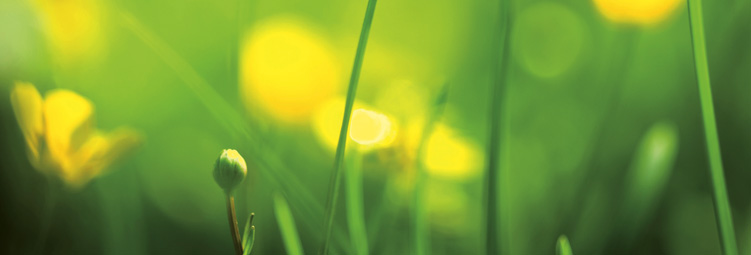
Closer to Nature: New site Gentian Hillside Near Vřešťov
The rolling hills of the Elbe valley near Jaroměř in East Bohemia, with its thermophilic slopes, shot through with fen-meadows and headwaters where the local opuka marlstone forms outcrops, used to be a paradise for gentians and dwarf gentians. Both from the written record and the oral testimony of older generations of botanists, we know that when the dwarf gentians were in bloom, the hills exploded with glorious hues of blue. Unfortunately, this is no longer the case today. In the course of half a century, the landscape around Velký Vřešťov sustained a series of fateful blows, so that a single, solitary site remains of the former glorious gentian tapestry – the last refuge for a handful of stands of the only surviving species: the autumn gentian. In 2015, the Czech Union for Nature Conservation (ČSOP) bought this site with money generated by the ‘A Place for Nature’ fundraiser. This year, the members of the local chapter, Jaro Jaroměř, decided to erect a memorial for the spring gentian with the help of the NET4GAS Closer to Nature programme, and to install an info panel that would remind visitors of the sad fate of what has become a rare and endangered plant.
Half a century ago, a natural scientist going on an excursion in the area of Velký Vřešťov (an unassuming hamlet in the foothills of the Giant Mountains) would have managed over the course of a single day to pay visits to fields of the widespread common fringed gentian, but also of autumn gentian and Bohemian gentian, and sites home to cross-leaved gentian and various representatives of the exacum genus. They would presumably have also made time for the only site within East Bohemia where the spring gentian grew, which flowered on the fen-meadow some way behind Vřešťov.
Alas, not much later, the plants began to disappear. Botanists bemoaned the short-sightedness of the locals, who pulled up the spring gentian, beautiful when in bloom, to transfer it to their front yards. Be that as it may, the local gentian population might have survived a few gardeners' crimes of passion. What did the finicky plant in was the draining of the local fen-meadows on the shores of the small river known as the Trotina and their conversion into farm land. What little remained after the establishment of new fields in the interest of boosting agricultural output was finished off by the transformation of thermophilic slopes into spruce plantations.
“In recent times, only a few remaining specimens of autumn gentian languished on the thermophilic ‘Dwarf Gentian Slope’ every year. Poor stewardship would likely have also sealed the fate of these survivors, which is why the Czech Union for Nature Conservation resolved in 2015 to buy the site, with the help of a public fundraiser: A Place for Nature,” adds David Číp from ČSOP Jaro Jaroměř. Today, the slope receives expert care, and local conservationists are doing everything in their power to keep the population stable, in the face of such adversity as the recent drought.
To find out more about the NET4GAS Closer to Nature program and on the sites opened to public, please, visit www.closertonature.cz.

